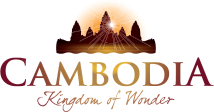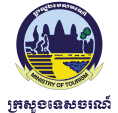Phnom Penh
Phnom Penh (literally translated to mean “Hill of Penh” or more loosely “Penh’s Hill”) is the capital and largest city in Cambodia. Phnom Penh has been the main capital city since the French colonised Cambodia and has become the country’s economic system as well as industrial, commercial, cultural, tourism and historical centre since 1979.
Once known as the “Pearl of Asia”, it was considered one of the loveliest French-built cities in Indochina in the 1920s. Phnom Penh, along with Siem Reap and Sihanoukville, have remained significant global and domestic tourist destinations for Cambodia. Founded in 1434, the city is noted for its historical attractions. One of the surviving French colonial architectures is The Royal Palace.
Located on Tonle Sap, Mekong and Bassac River, Phnom Penh is home to more than 2 million of Cambodia’s population of over 14 million. Phnom Penh is the wealthiest and most populous city in Cambodia and acts as the country’s commercial, political and cultural hub.
The city is rich with offerings to new and returning visitors; check out these unique attractions that should not be missed when visiting Phnom Penh!
Tourist Attractions:
The pleasant garden around Wat Phnom offers alike a green respite from the noise of Phnom Penh. The attractive grounds are used for concerts, festivals, and once a year become the center of the Cambodian New Year celebration.
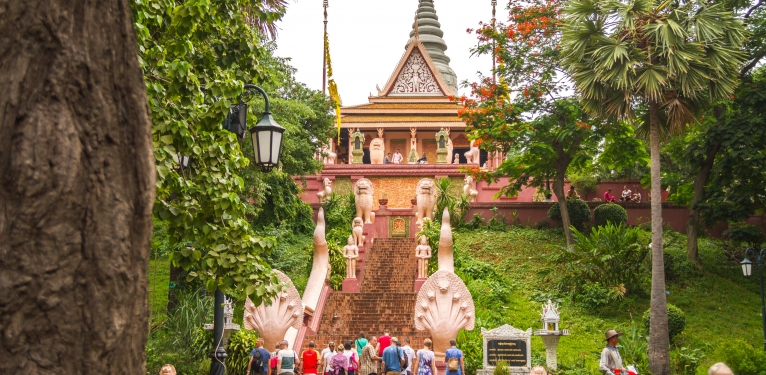
Inside the palace grounds, the noises from the street are silenced by the high walls surrounding the compound. Except the residence quarters of the King, visitors can gain entry to the Throne Hall where coronations and official ceremonies take place, the Temple of the Emerald Buddha, Stupas, a Royal Dining Hall, the Chan Chhaya Pavilion and a French-style building that was a gift from Napoleon III.
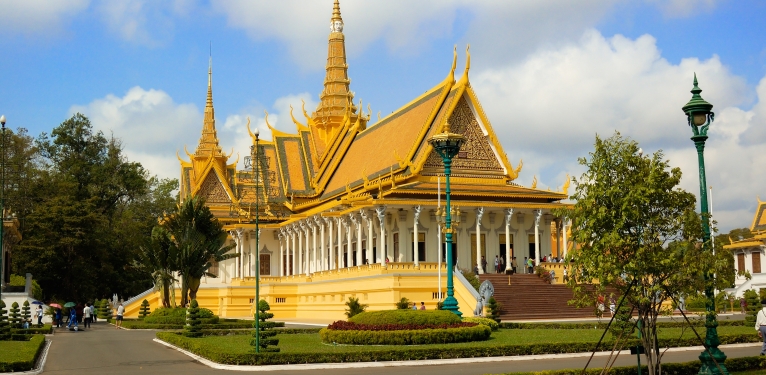
Originally a wooden structure, the palace was first constructed in 1892, but rebuilt to its present grandeur by King Norodom Sihanouk in 1962. No effort was spared to make this a true embodiment of brilliant Khmer art. The marbled staircase lead into the pagoda and you will find inside two magnificent representations of the Buddha hold court.
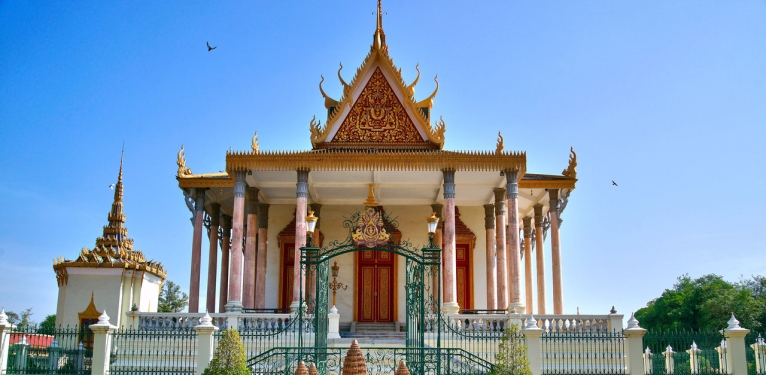
The buildings are inspired by Khmer temple architecture and the world’s finest collection of Khmer sculpture, a millennium’s worth and more of masterful Khmer design including sculpture, ceramics, bronzes, and ethnographic objects dating from prehistoric times to periods before, during, and after the Khmer Empire.
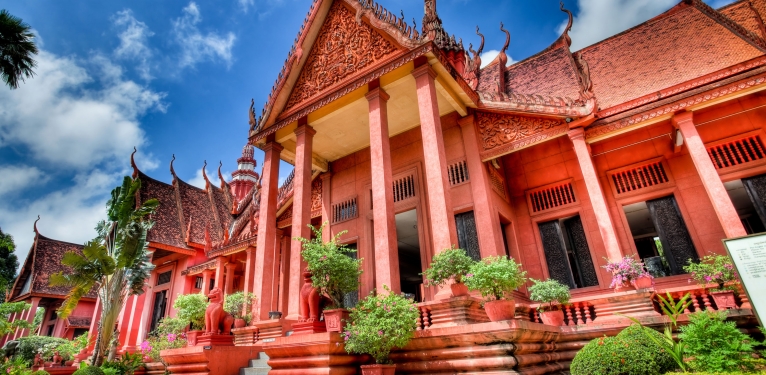
Cambodia celebrates Independence Day on 9 November each year. His Majesty King Norodom Sihamoni leads the annual jubilation by ceremoniously lighting a giant torch placed inside the monument in front of high officials from the government, private sectors and members of the Cambodian public.
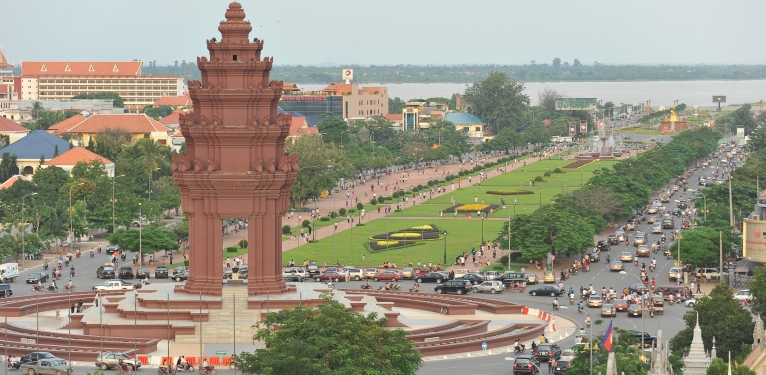
Popular market for both tourists and locals, it is crowded with activity on any given day. Visitors can purchase almost anything from fresh produces to cooked food, jewelry, watches, shoes, stationery, flowers, clothes including t-shirts and lots of tourist souvenirs. Be prepared to bargain!
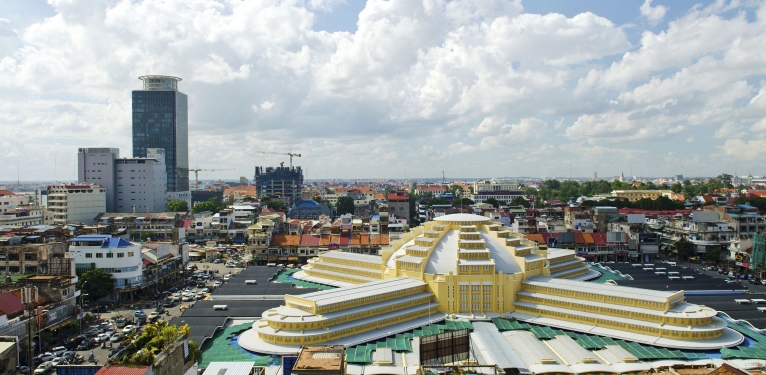
This sweltering bazaar is a well-frequented market among tourists. Inside the market, you might get lost, unless you have an uncanny sense of direction. Aisles piled high with clothes, shoes and handbags are distracting and disorientating.
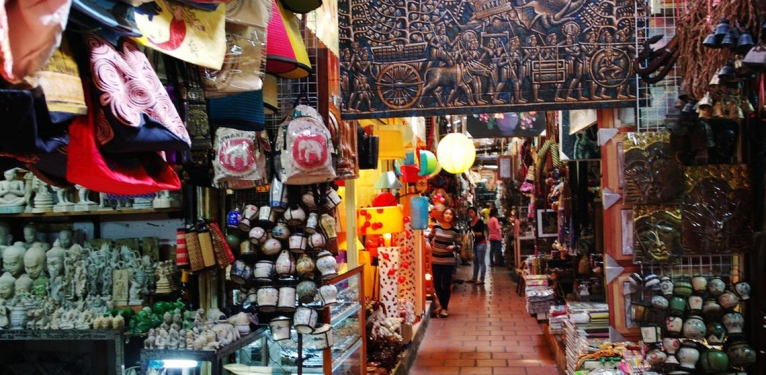
The park-like riverside is a great place to absorb local flavors, especially around sunset time as the temperature is cooler. You can watch the locals unwind and enjoy a late afternoon stroll on the esplanade. For the early-risers, watch the spectacular sunrise over the river in front of the Royal Palace.
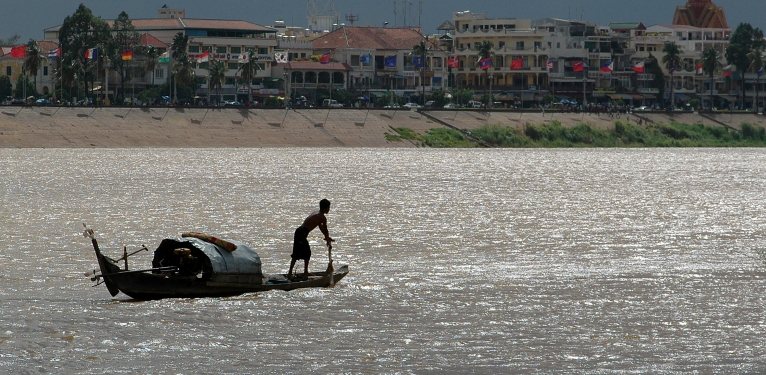
After a full day of visiting the attractions of Phnom Penh, you should treat yourself with a cruise on the Mekong River until the Tonle Sap Lake. There is a huge community living on the lake itself. Throughout the cruise, visitors can stop off to have a drink at a floating café in the middle of the lake, watch the small communities along the riverbank and visit remote temples far from the beaten tourist paths.
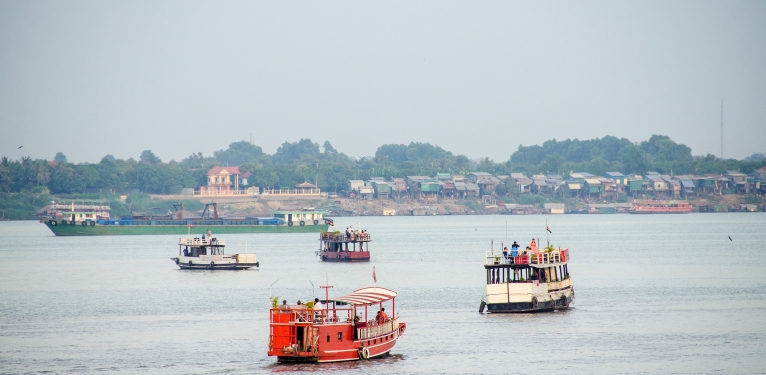
Angkor Wat is easily accessible from Phnom Penh via domestic flights by Bassaka Air or Cambodia Angkor Air. There are several daily flights at different times of the day.
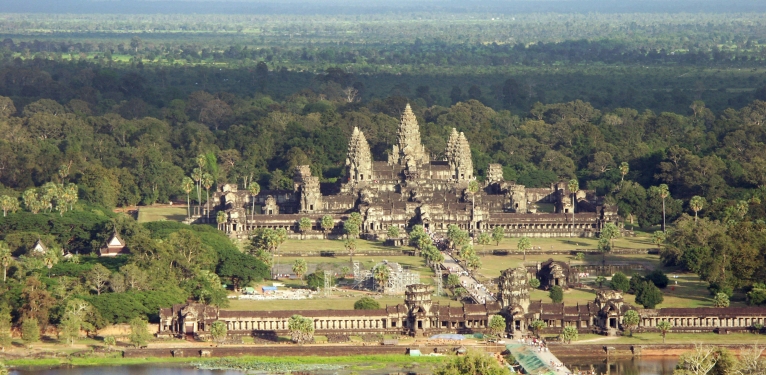
For more information or to plan your visit, our Tour Desk is ready to assist you.
| Phone: | +855 23 235533 |
|---|---|
| Email: | tours@nagaworld.com |
